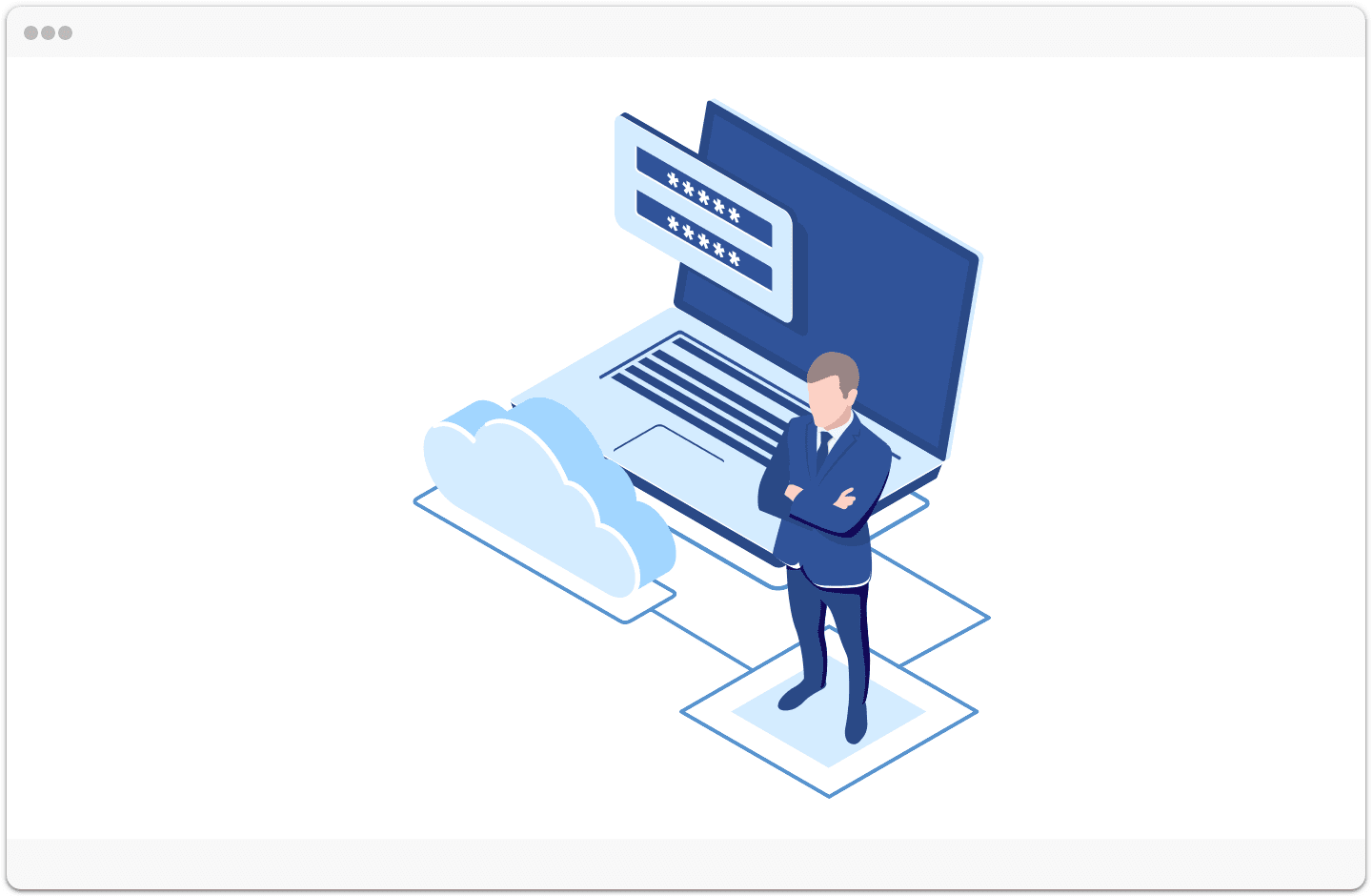What’s the best search tool for your company? Can a tagging system help you find what you need? Is it the best way to organize your content? You’re not the only one asking these questions, and there’s a ton of money at stake in the answers. About $31.5 billion to be exact.
That’s right: Fortune 500 companies lose on average $31.5 billion per year “by failing to share knowledge,” according to market intelligence firm IDC. These companies have the information they need, but they haven’t figured out how to organize, store, find, and share it effectively.
Powerful search and folders alone can’t solve the problem. Other organizing tools are needed to compliment them and we believe that a tagging system is one of them. If you’re not using one to fortify your folders and search already, read more about why you should.
Implemented as a way to help you easily store and find what you need, tagging systems differ from the hierarchical folder structure many of us are familiar with. Instead of complicated document pathways, they are operating on users “tagging” content as a means of identifying it.
Here we’ll discuss the biggest advantages of tagging systems and why you should add them to your knowledge management practices.
1. A tagging system enable content to exist in multiple places at once
Where does this file belong? What folder should I put it in?
Sometimes it’s hard to decide where to place files, but you do need a place for them; if not, files end up in the dreaded miscellaneous folder—defeating the purpose of organizing altogether.
The solution: you need a knowledge management system that allows content to exist in multiple “places” at once and therefore multiple “searches” at once. When users apply tags to a given piece of content, people looking for it are now able to find that content in a variety of ways. Content doesn’t have to only live in a specific folder, and users can apply as many tags as they’d like.
2. A tagging system help create new connections between content
Your company creates and accumulates TONS of valuable content. But do you know how much of that rich material is being used or viewed regularly?
If your team uses tags provided by your knowledge management system, users begin to create a map of connections between content that previously didn’t exist. In turn, that helps everyone find content (they were not aware of) and enables your KM system to make more meaningful recommendations with AI.
3. A tagging system compliment folders
Taxonomies operate under the assumption that people know where to look to find what they need. As we all know, this is not always the case. Instead, friction is created within your organization as employees call, text, email, or message others for assistance in finding the missing content.
Tagging systems are very different because they’re organized based on what they contain; tags do not force users to dig through a nested pathway of folders.
By tying content to both a folder and a cluster of tags, users are given more options to locate a specific piece of content and this improves the overall findability of your system.
Are any knowledge management mistakes holding you back?
Tagging systems, folder structures …you have a lot of work on your plate as a knowledge manager, so don’t let a few preventable (yet common) mistakes hold you back. Check out our post on 3 foundational KM tips that are simple to understand—your team will thank you.






